  Diapause is a form of dormancy that is exhibited by many insects and other arthropods as a means of surviving predictable unpleasant environmental conditions such as temperature extremes, drought, or reduced food.
Diapause is a form of dormancy that is exhibited by many insects and other arthropods as a means of surviving predictable unpleasant environmental conditions such as temperature extremes, drought, or reduced food. Diapause is observed in all the life stages of arthropods, especially insects. It results in reduced metabolic activity. Diapause allows insects and their relatives to survive periods of harsh conditions such as the winter months in northern climates, where temperature extremes and/or the lack of available food would lead to the death of the insect without diapause. Diapause blocks developmental growth of an organism until conditions improve. Diapause can be stimulated in an organism a number of ways, including a drop in temperature, the length of night versus the length of day, or a change in the abundance or chemical makeup of their food source. In the insect world, diapause occurs in all stages of the life cycle (eggs, larvae, nymphs, pupae and adults). However in a particular species of insect, diapause only occurs in one stage of its life cycle. For example, in the bagworm, diapause always occurs in the egg stage. In the European corn borer, diapause always occurs in the late larva stage. In the elm leaf beetle, diapause always occurs in the adult stage. Here are some more examples: Diapause at the Egg Stage: 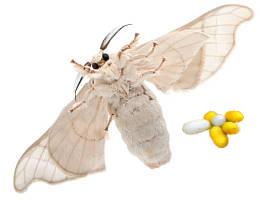 A good example of diapause in the egg stage is the silkworm moth (Bombyx mori), that is raised commercially to produce silk. The embryo enters a state of dormancy during early development inside the egg, allowing it to survive harsh winter conditions before hatching when the weather improves.
A good example of diapause in the egg stage is the silkworm moth (Bombyx mori), that is raised commercially to produce silk. The embryo enters a state of dormancy during early development inside the egg, allowing it to survive harsh winter conditions before hatching when the weather improves.
Diapause at the Larval Stage: 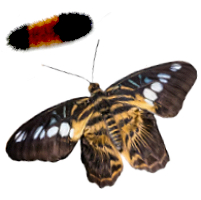 A well-known example of diapause in the larval stage is the woolly bear caterpillar (larva of the Isabella tiger moth), where the larvae enter a state of dormancy during the winter before pupating in the spring when temperatures rise again. This allows them to survive harsh winter conditions.
A well-known example of diapause in the larval stage is the woolly bear caterpillar (larva of the Isabella tiger moth), where the larvae enter a state of dormancy during the winter before pupating in the spring when temperatures rise again. This allows them to survive harsh winter conditions.
Diapause at the Nymph Stage: 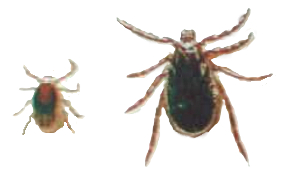 An example of diapause occurring in the nymph stage is seen in the deer tick (Ixodes scapularis), where nymphs can enter a state of developmental diapause after feeding in late summer, delaying their final moult into adulthood until favourable conditions return in the spring
An example of diapause occurring in the nymph stage is seen in the deer tick (Ixodes scapularis), where nymphs can enter a state of developmental diapause after feeding in late summer, delaying their final moult into adulthood until favourable conditions return in the spring
Diapause at the Pupa Stage: 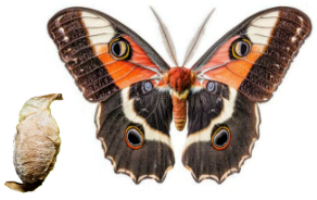 A typical example of diapause in the pupal stage is the cecropia moth (Hyalophora cecropia) pupa, where the pupa enters a state of dormancy during winter months within its cocoon. It will resume development only when warmer temperatures arrive in the spring.
A typical example of diapause in the pupal stage is the cecropia moth (Hyalophora cecropia) pupa, where the pupa enters a state of dormancy during winter months within its cocoon. It will resume development only when warmer temperatures arrive in the spring.
Diapause at the Adult Stage: 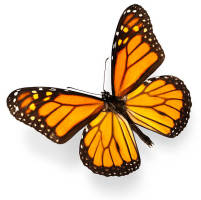 An example of diapause in the adult stage is the monarch butterfly (Danaus plexippus), which enters a reproductive diapause during its migration to Mexico, delaying reproduction until reaching its wintering grounds there. The adult butterfly remains active, but suspends its reproductive development during migration.
An example of diapause in the adult stage is the monarch butterfly (Danaus plexippus), which enters a reproductive diapause during its migration to Mexico, delaying reproduction until reaching its wintering grounds there. The adult butterfly remains active, but suspends its reproductive development during migration.
|